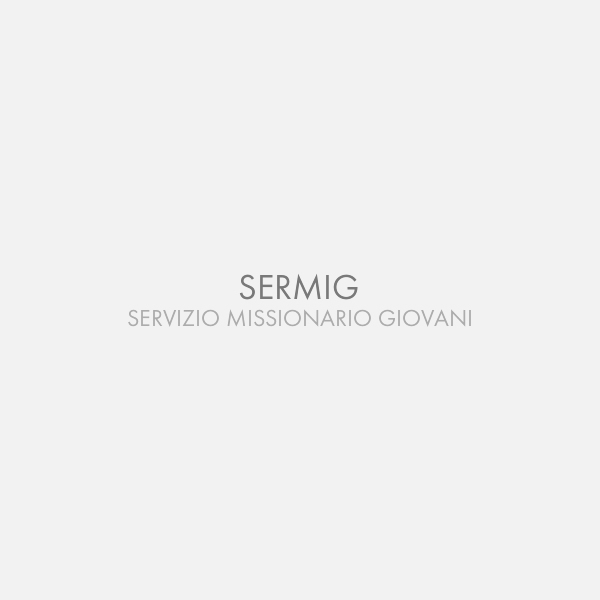Marie porteuse de victoire
Publié le 30-09-2023

The origins of the Byzantine icon are truly ancient, in fact its image has also been found on Byzantine coins and seals starting from the 5th century.
As for the dating of the icon itself, it is difficult to be precise, but today it is agreed that it is definitely before the 10th century.
Today it is exhibited in the Basilica of San Marco in Venice in the chapel of the same name on the left. It depicts the Mother of God Nicopeia or "She who brings victory" and seems to be the icon which, centuries ago, was jealously guarded in the imperial palace in Constantinople and which had accompanied kings and emperors in various battles, as a sign of devotion to Mary and invocation of her help and protection by the same army.
The Mother of God Nicopeia was in fact the patroness of the Byzantine Empire, and was also greatly venerated by the people. The same image of her was reproduced on the city gates and has a long history of miraculous stories and episodes attributed to her.
To thank her, the Byzantines also invoked her in liturgical prayer as the "Victorious" and "Indomitable" Madonna.
She remained in the imperial capital until the Fourth Crusade when she was taken by the Venetians (1204) as war booty and brought in triumph to the Venetian capital, where she was welcomed as co-patron of the city. Even in Venice she enjoyed great veneration for the following centuries, among the people and the patriarchs themselves.
If we look at it closely we realize that even the worn background all around and the erosions of the surface on the Child's body tell us about its history: for centuries it has been enriched on several occasions with pearls, jewels and precious stones of great value, which they remained in place until the 20th century when it was the subject of several thefts. What we see today is therefore an ancient icon, stripped of its various applications and also visibly worn, but which maintains or perhaps expresses even better the charm of a beauty made of simplicity. In fact, it belongs to one of the oldest and simplest iconographic models, just as her name is simpler: She who carries the Child, or "Mother with Child".
Mary is standing straight but shown in half-length portrait and holds her son in her hands, who according to the usual canons that we have already met and explained, almost certainly had a blessing right hand, and a left hand with the scroll of the Word, signs of the his being the most holy Lord and Master. Mary's maphorion (mantle) is dark blue, the color of the immensity of God, it indicates the grace with which she is covered, and her hair is gathered in an imperial-type white mitella. In addition to the three cruciform stars on her forehead and shoulders which indicate the Trinitarian presence in her and her perpetual virginity, a similar star can also be seen in the tunic beneath her mantle. Her face is of great beauty, and like her son she looks out of the icon: they both look at the Father, a sign of the same loving attention that they both have to listen, love and fully carry out her will.
In its essentiality this is therefore also the icon that most represents the unity and complete communion between God and his creature, as Mary is the one who fulfilled the full will of the Father in herself, with so much love and fullness to to be chosen by him as a mother for his child. Today this icon becomes for us the silent testimony of the presence of Mary and Jesus in the lives of generations of people who, "using" it and honoring it as a tool to address them, have demonstrated a simple but strong faith, a faith that orients and gives meaning to life in all situations, with the tools and understanding he has, but who desires and seeks the love, closeness, invincible protection of God, in all situations, even the most contradictory.
Today she, stripped of her jewels, still speaks, invites us to seek God and reassures us that good has already won.
Chiara Dal Corso
NP June / July 2023







